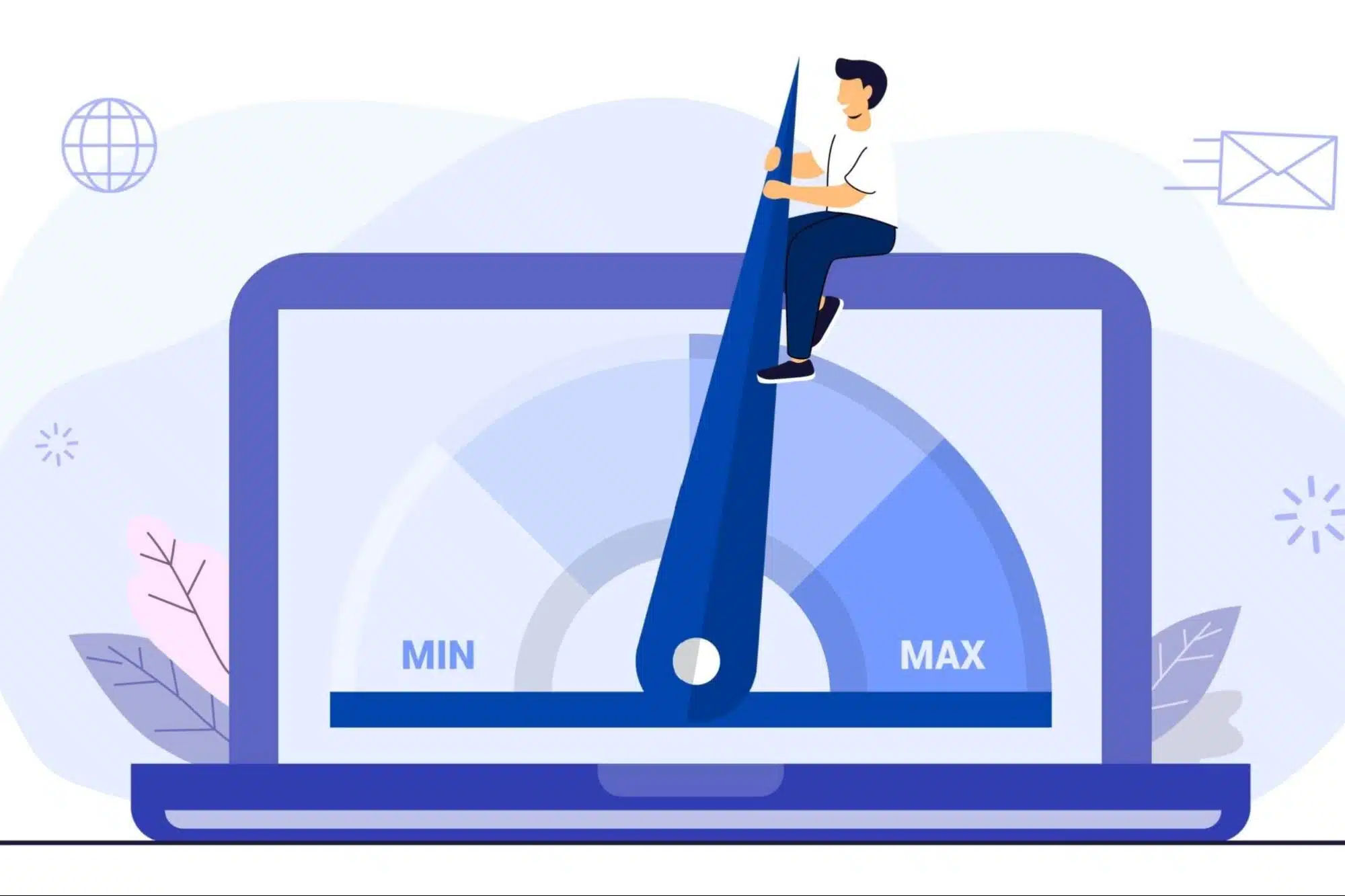Quick and Furious: Techniques to Turbocharge WordPress Website Loading Time
September 27, 2023

Title: Quick and Furious: Techniques to Turbocharge WordPress Website Loading Time
Introduction (120 words):
In today’s fast-paced digital world, website loading speed plays a crucial role in user experience, search engine rankings, and overall business success. With WordPress being one of the most popular content management systems, it’s essential to optimize its performance for optimal results. To accomplish this, we explore various techniques to turbocharge your WordPress website’s loading time. From image optimization and caching to database optimization and content delivery networks, we’ll guide you through proven tactics that will enhance your website’s speed, resulting in improved user satisfaction and increased conversions.
I. Image Optimization (200 words):
One common culprit behind sluggish websites is improperly optimized images. By reducing the size of your images without compromising quality, you can significantly speed up your website. A few effective ways to optimize images in WordPress include compression plugins, lazy loading, and using next-generation image formats like WebP. Additionally, properly sizing and scaling images to fit their intended display space reduces the need for browser resizing, resulting in a faster loading time.
II. Caching (250 words):
Caching involves storing frequently accessed website data, HTML, CSS, and JavaScript files, allowing for quick retrieval upon subsequent requests. WordPress offers numerous caching plugins, such as W3 Total Cache and WP Super Cache, allowing you to leverage browser caching, page caching, and object caching techniques. These plugins generate static HTML files, minimizing server processing time, and reducing the load on your website’s database. Implementing a caching solution can drastically enhance your WordPress website’s loading time and overall performance.
III. Database Optimization (300 words):
WordPress’s database stores almost all website information, including posts, comments, and settings. Over time, this database can become cluttered, impacting website speed. Database optimization involves removing unnecessary data, optimizing database tables, and running regular database cleanups. Plugins like WP-Optimize and WP-Sweep offer automated solutions for database optimization, reducing the burden on website owners. By optimizing your database, you can minimize the time required for WordPress to retrieve information, leading to faster loading times.
IV. Content Delivery Networks (CDNs) (300 words):
A Content Delivery Network is a network of geographically distributed servers that serve static files from the server closest to the user’s location. By using a CDN, you ensure faster content delivery by reducing latency and decreasing the distance data has to travel. WordPress plugins like Jetpack and Cloudflare offer easy integration with popular CDNs, enabling you to improve website loading speed by offloading static content to these servers. With CDNs, your website visitors can experience faster loading times regardless of their geographical location.
V. FAQs (150 words):
1. How does website loading time affect user experience?
A slow-loading website is frustrating for users, leading to a negative impact on user experience, increased bounce rates, and decreased conversions. Fast-loading websites, on the other hand, offer a seamless experience, improving user engagement and satisfaction.
2. Are there any disadvantages to caching plugins?
While caching plugins offer numerous benefits, improper configuration or excessive caching can lead to issues with dynamic content updates. Ensure you choose the right caching plugin for your website and correctly configure it to avoid any potential pitfalls.
3. Do I need technical knowledge to optimize my WordPress website’s loading time?
Although some optimization techniques may require technical expertise, many plugins and resources provide user-friendly interfaces to help website owners with no coding knowledge optimize their WordPress websites.
Conclusion (100 words):
Improving your WordPress website’s loading time is vital for enhancing user experience, increasing conversions, and retaining visitors. By implementing the techniques discussed in this article, such as image optimization, caching, database optimization, and utilizing CDNs, you can maximize website performance and deliver lightning-fast loading times. Remember, the quicker your website loads, the better chance you have at engaging visitors and achieving your desired goals. Stay quick and furious!
Word count: 803

